Is it really worth doing a warm up for cycling?
Skipping your warm-up may save time, but your performance will suffer - here’s what you need to know about which warm-ups work best
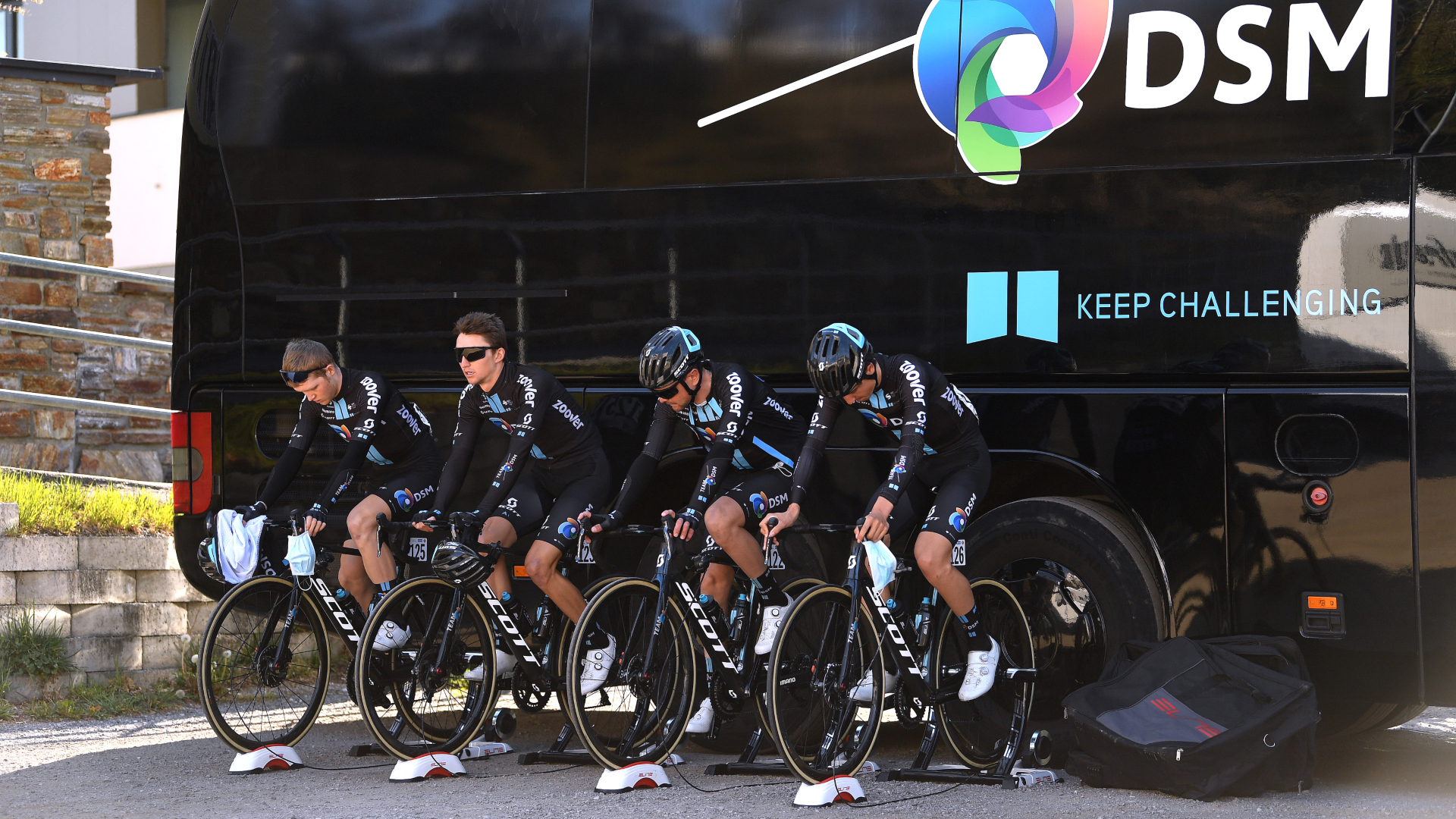
Warming up is one of those unquestioned things that virtually everyone does before training and competing. Think back to your earliest PE lesson at school. Chances are, you did some stretching, waved your arms and legs around and went for a short jog “to get your heart and muscles going”. That has translated into cycling all the way up to Grand Tours, with dedicated time and facilities for warming up.
A warm-up before a training session or race is considered essential for preparing your body for exercise - not only will it help you to perform better, but it will also help protect your body from common cycling injuries. But does it actually work? And if so, how does it work, and how do we get maximum benefit from it?
Doing any kind of exercise will warm you up because the human body is not very efficient at harnessing the energy it releases from nutrition. About 75 per cent of it is immediately lost as heat, warming up the tissues and blood nearby. The body tries to get rid of this heat by transferring it to the skin, and the entire body warms up. Physiology textbooks will tell you that warming up the muscle also increases blood flow to muscles, reduces muscle stiffness, increases the speed of nerve conduction, and prepares the heart for future exertion. Although there is an element of truth in all of these ideas, scientists have discovered that a warm-up may be better described as an “acid-up”.
One of the key questions you need to answer when designing a warm-up is, “what are you warming up for?” A track sprinter needs to take a very different approach to a time triallist, who will, in turn, warm-up differently to a Grand Tour rider at the start of a big mountain stage. To be effective, you need to match your warm-up to the determinants of the event. Generally speaking, the physiological importance of warm-up decreases as the length of the event increases. This is because the factors affected by a warm-up (maximal muscle power or high-intensity sustained power) are less important in cycling events or races lasting longer than an hour such as a sportive. That said, don’t underestimate the psychological significance of warming up.
How to warm-up for cycling
Having a regular warm-up that you do before every cycling training workout and race can help you to feel more relaxed and in control. By keeping it the same, you don’t have to think about what the warm-up needs to be, and instead you are able to focus on the sensations in your body. This allows you to tune into your muscles and you'll notice quickly if you are feeling fatigued, if you have any niggling pain or if you are feeling good and ready to ride hard.
A rule of thumb is that the shorter and more intense the event, the longer the warm-up needs to be. Here’s some more specific guidance…
A quick guide to matching your warm-up to your cycling event
Track sprints, i.e. very short efforts
Get The Leadout Newsletter
The latest race content, interviews, features, reviews and expert buying guides, direct to your inbox!
- Aim: maximise peak power output
- Physiological target: muscle temperature
- Warm-up: 20-30min moderate effort
- Recovery: performance should occur as soon as possible; consider keeping legs heated between rounds
Hill-climbs, TTs, crits, i.e. sustained effort (<60min)
- Aim: increased sustainable power
- Physiological target: muscle metabolism and muscle fibre recruitment
- Warm-up: priming exercise, involving effort or efforts to raise blood lactate
- Recovery: 15-20min to allow restoration of immediate muscle energy stores, but lactate should still be elevated at race start
Stage racing, long-duration TTs, sportives (>60min)
- Aim: prepare for prolonged and potentially variable effort endurance performance. Psychological preparation may be more important: getting into the race headspace
- Physiological target: being ready without draining energy reserves unnecessarily
- Warm-up: moderate intensity effort of 10-20min
- Recovery: not crucial, but should feel ready to go on the start line
Warm to sprint
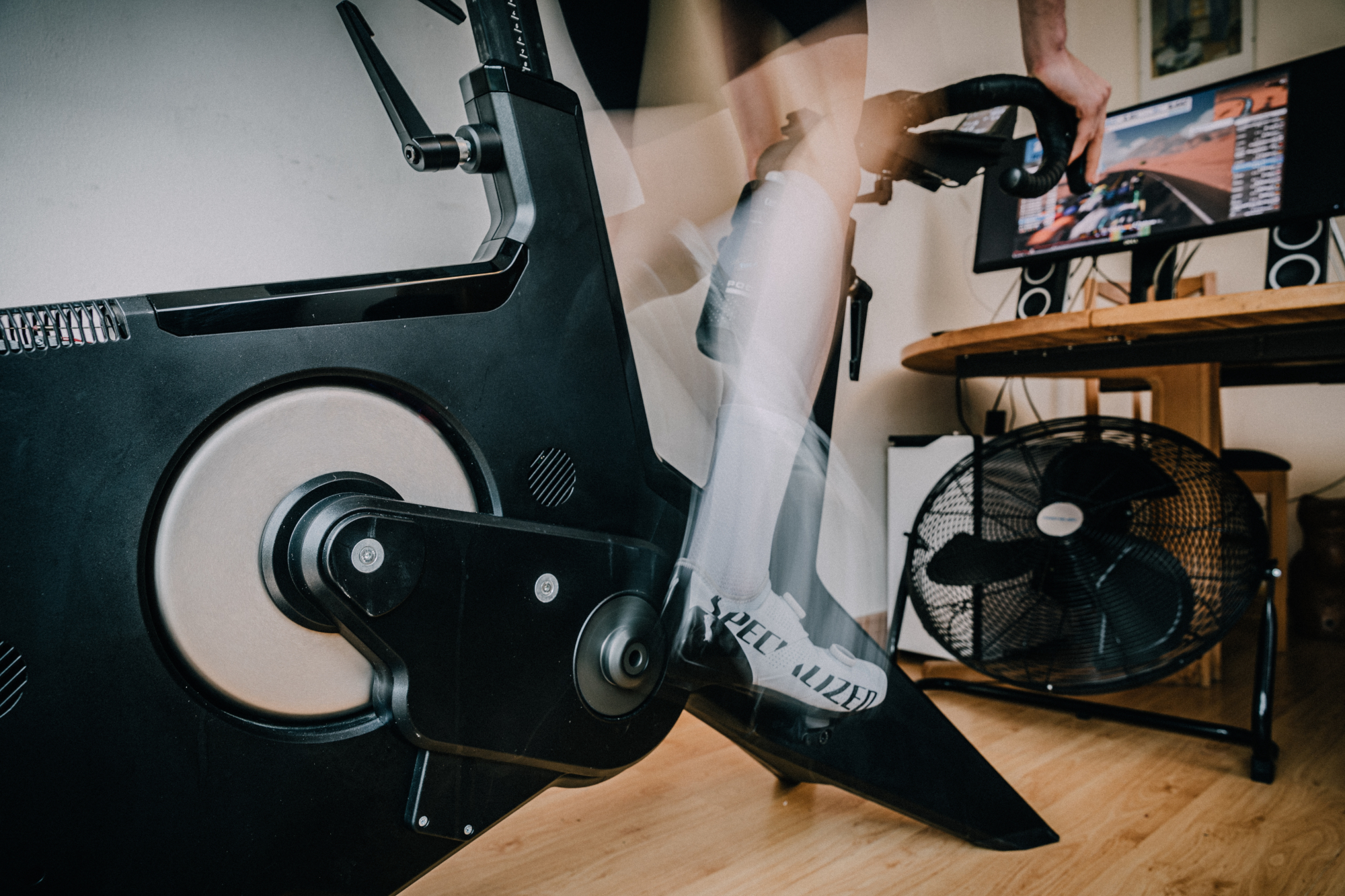
The earliest scientific work on warming up was done to determine if warm-ups would improve sprints. Not only was the answer to this question “yes, by quite a lot”, but the sprint performance was directly related to the increase in muscle temperature. A warm muscle, it turns out, can generate a lot more power than a cold one.
The catch is, warm muscles tire more quickly – but in sprint efforts, the increase in power is worth it. Warming up can be done passively (by sitting in a bath, or wrapping pre-heated gel packs/electric blankets around the legs) or actively (by performing moderate intensity exercise for up to 30 minutes). Warming for longer than this is pointless, or even counter-productive. The sprint event should be performed as soon as practically possible after the end of the warm-up, and no more than 15 minutes afterwards. A sprinter needs to literally warm the muscles up, and keep them warm.
Prime to TT
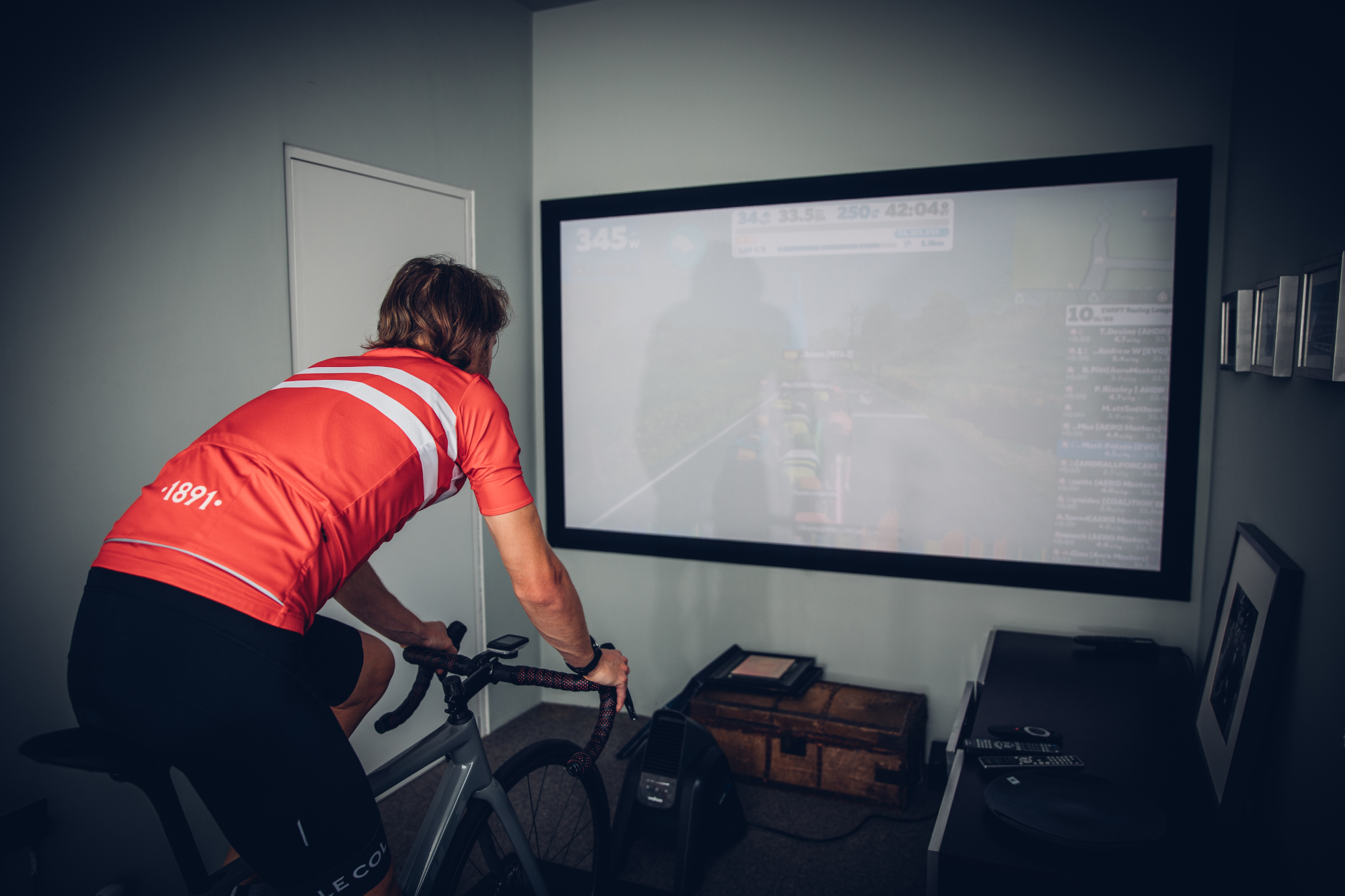
For races that require sustained power for more than a few minutes (track endurance events, hill-climbs and time trials lasting up to an hour), a different approach is needed. Because you aren’t requiring maximum power but rather sustained submaximal power, warming the muscle up alone is not going to cut it. Instead you need to “prime” the system.
Priming is the term used to describe a warm-up that contains a relatively high-intensity component. Scientifically priming developed slowly over many years, and handily much of it involved cycling. Priming exercise as we know it today started out life as an experimental protocol used to settle a debate between exercise physiologists about whether or not the muscle was limited by oxygen delivery during high intensity exercise. One way of studying this was to perform a prior bout of “heavy” (roughly FTP level) exercise for six minutes specifically to increase blood lactate, then wait a few minutes before performing another identical bout of heavy exercise.
The thinking was that the increase in lactate and the higher acidity that went along with it would cause the blood vessels to open up and the red blood cells to release oxygen more rapidly, increasing oxygen delivery to the muscles (hence the term “acid-up”). Both of these effects were thought to speed up the rate at which the muscles consumed oxygen, revealing that the muscle’s pre-warm-up oxygen supply was limited .
I scrutinised this protocol as part of my PhD, as we thought that the increase in oxygen uptake after the priming bout was actually caused by an uptick in the demand for oxygen at the start of exercise, rather than a limited supply. This rise in demand, we showed, was caused by an increase in muscle activity. In essence, the prior heavy exercise bout causes the body to activate more muscle fibres at the start of a second bout of exercise.
When coaches talk about warm-up “priming the neural system”, this is what they mean. Because more muscle fibres share the load, they consume more oxygen than normal (and need more delivered, which happens as described above). The beauty of it is that with more fibres working to produce the same power output as before, they should fatigue more slowly. It follows that the muscle should be capable of doing slightly more than usual, and cycling performance should improve.
A large number of scientific studies have been performed to determine if priming really does improve performance. The bottom line is, provided prior exercise increases blood lactate, priming improves performance during subsequent high-intensity exercise by 2-3%. In a 4,000m pursuit, this has been shown to translate into a seven-second improvement. But it is important to remember that this is an improvement in performance over no warm-up at all. In short, priming works, but you need to use it carefully: prime too hard or without sufficient recovery, and performance could be worse.
Because the physiological effect of priming seems to be related in some way to the higher level of blood lactate at the start of exercise, the priming effect can be surprisingly long-lasting – blood lactate remains elevated for up to an hour after exercise. This gives you a lot of room for error in timing the priming warm-up ahead of performance, but it is really important that there is some degree of separation between priming and performance. This is because the priming draws on energy stores needed for high intensity exercise, and these need to be restored before starting the race. This means a minimum of 10 minutes, but we think 15-20 minutes is optimal. Less than 10 minutes of recovery and the priming effect will be lost to fatigue; longer than 20 minutes and the priming effect will start to decay.
With the recovery time decided, the next decision is how to achieve the required level of priming. Here again there is a lot of flexibility. Any kind of exercise that achieves an elevated blood lactate can, in principle, be used for priming. It doesn’t need to be a straight six minutes of hard effort; it could be a series of shorter interval efforts within your normal pre-race warm-up, or an incremental effort with a high-intensity phase to finish. The optimal priming effect is also likely to vary from person to person, so trialling the approach in training is essential in order to get the best out of it.
Prime like a pro
Steve Cummings’s priming warmups were performed in the context of the particular effort ahead of him. He typically used a 20-30-minute warm-up progressing up to FTP, with two one minute efforts at 50-70 watts above FTP to “activate all of the [intensity] zones” – especially useful in preparation for TTs requiring an explosive start: “When I started doing those one minute-efforts, I felt really good – ready to rock”.
Cummings’s approach to warm-up was a mixture of science and “feeling”. He adapted his warm-ups based on the environmental conditions on the day (a stage in the heat would not require such an extensive warm-up). In the same way, the British Cycling standard warm-up should be considered a starting point, adapted to fit specific circumstances.
How the pros warm up for cycling: research vs practice
Priming exercise used in research was initially designed to maximise the physiological impact of prior exercise. The performance-enhancing effects of this were discovered almost by accident. In practice, priming efforts have been added to pre-existing warm-ups, and include progressive increases in intensity followed by short sprints.
Research-based priming: 3min at 0W (unloaded ergometer mode), followed by 6min at FTP (or just above). Rest for 10-20min before performance.
How it’s applied in practice (British Cycling/Team Ineos Grenadiers):
- 5min easy
- 8min gradual build-up (2min blocks of increasing intensity, last 2min above FTP) – usually by increased cadence on rollers. Use large chainring, half-way up the rear cassette (British Cycling recommendation)
- 2min steady, 6sec sprint;
- 1min steady, 6sec sprint;
- 2min 45sec steady
- No specific recovery duration recommended
Use a high cycling cadence for the rev-out sprints as these are designed to engage your neuromuscular system so your legs are ready for a rapid response if you need to accelerate or sprint.
Warm-up for longer cycling events
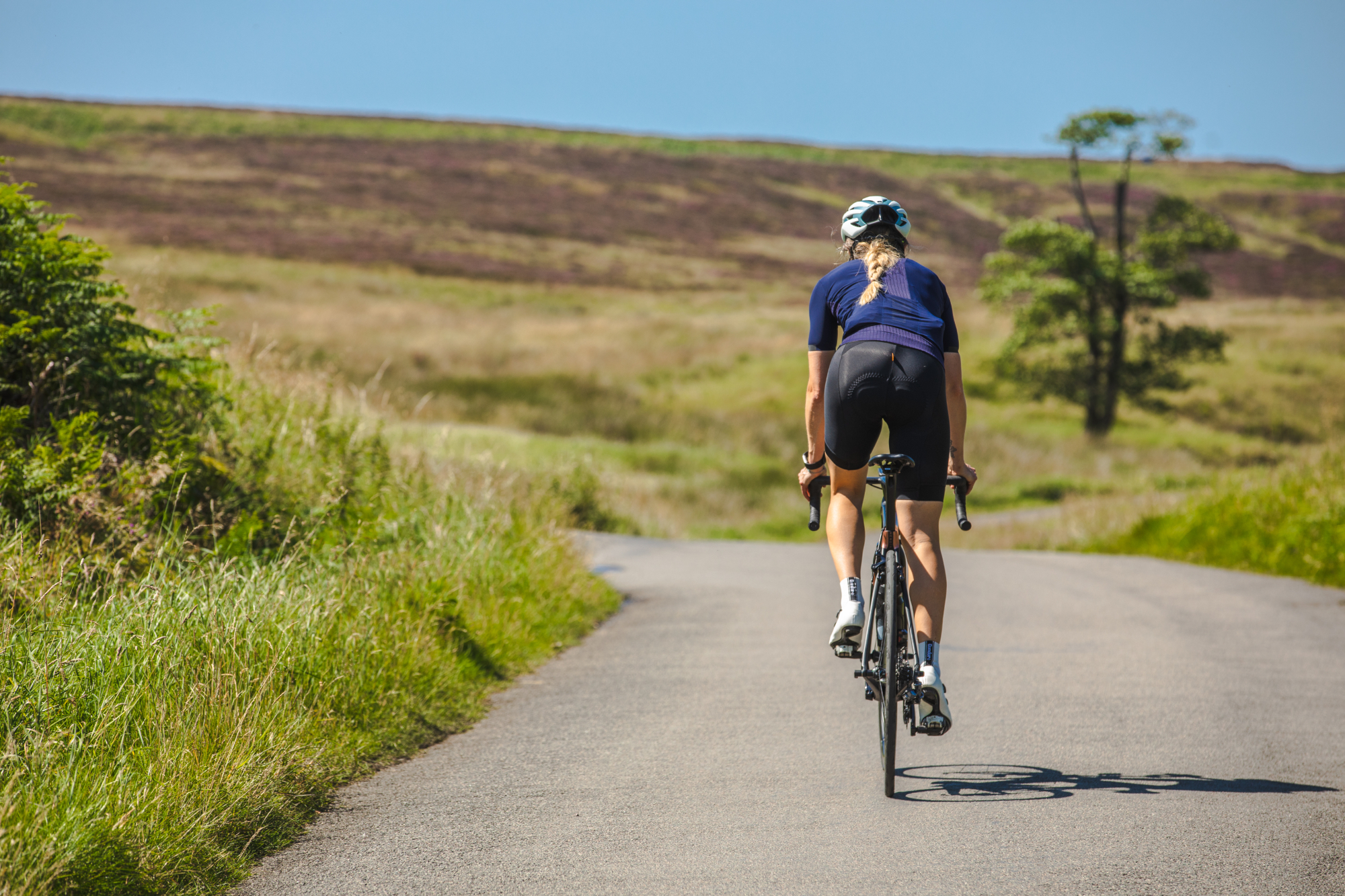
One significant drawback of priming is that, in being high-intensity, it burns through fuel stores before the race even starts. For most races, this is not a problem, but for longer stage races it outweighs the benefit. It is debatable whether a warm-up is even necessary for events lasting several hours, but prior exercise still has benefits. A warm-up is an opportunity to spin the legs and get into the racing mindset. The intensity of a stage race is unpredictable, and this is perhaps why standardised warm-ups used by road teams contain a little bit of everything. For longer races, the warm-up is as much about psychological preparation as it is about physiological benefit.
Warm-up is literally just warm-up only for sprinters. If you’re trying to sustain high watts for several minutes or time trialling, then you should be priming – which is more “acid-up” than warm-up. It sounds crazy, but the body always adapts to stress, and raising blood lactate prior to a race is one such effective quirk. If you’re racing beyond about an hour, or if the race requires variable and unpredictable efforts (road racing, Zwift racing, crits), then the warm-up is as much about mental as physical preparation. The bottom line is, warm-ups are important, and thinking yours through could unlock untapped potential.

Thank you for reading 20 articles this month* Join now for unlimited access
Enjoy your first month for just £1 / $1 / €1
*Read 5 free articles per month without a subscription

Join now for unlimited access
Try first month for just £1 / $1 / €1
-
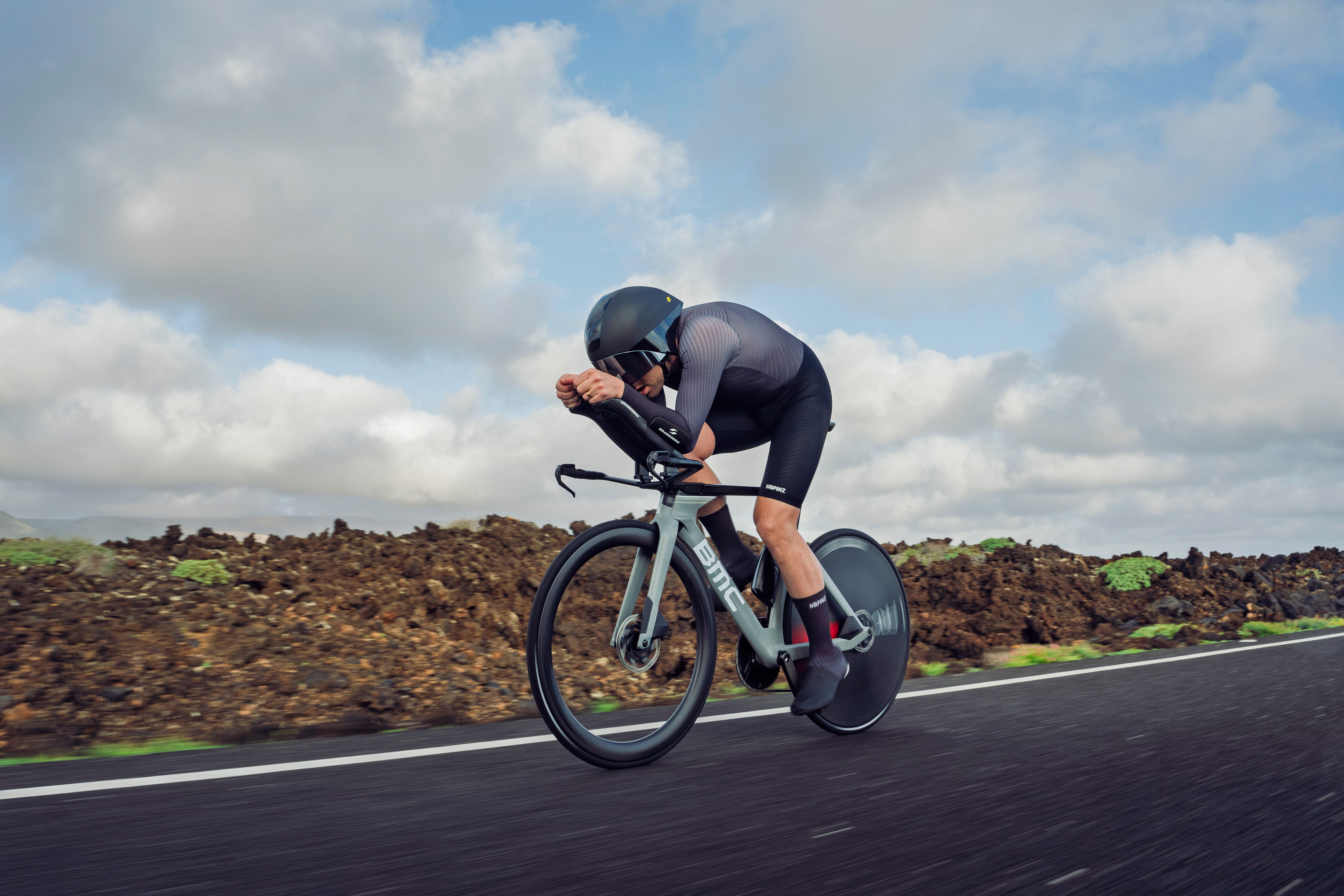 Cycling Time Trials unveils alliance with UK brand Nopinz to 'improve and drive the sport forward'
Cycling Time Trials unveils alliance with UK brand Nopinz to 'improve and drive the sport forward'The UK time trialling body takes on new sponsor with a view to 'driving the sport forward'
By James Shrubsall Published
-
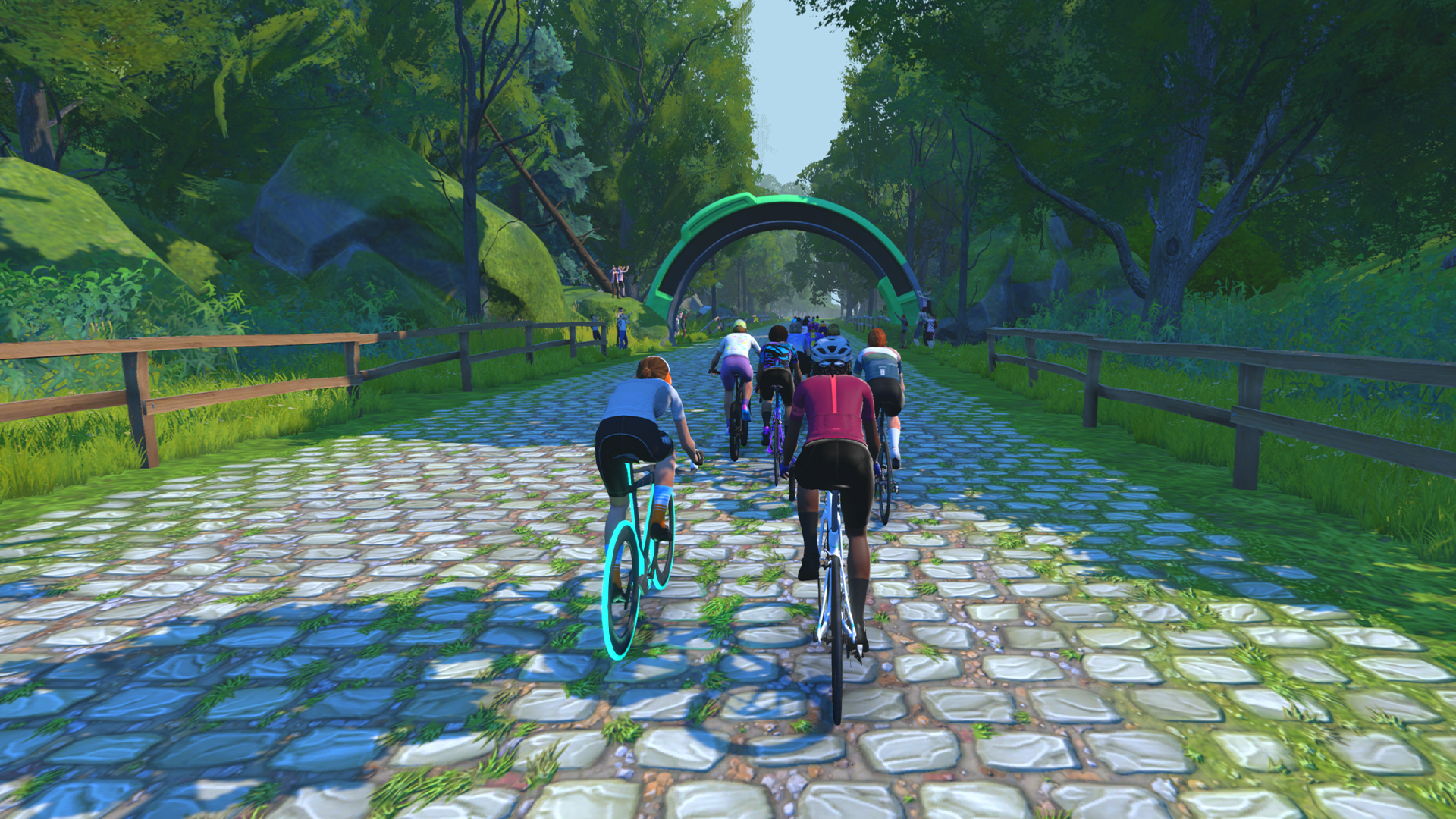 I rode Zwift’s new Paris-Roubaix route - how hellish was it?
I rode Zwift’s new Paris-Roubaix route - how hellish was it?The Hell of the North route has added virtual cobbles to the virtual training and racing platform
By Stephen Shrubsall Published